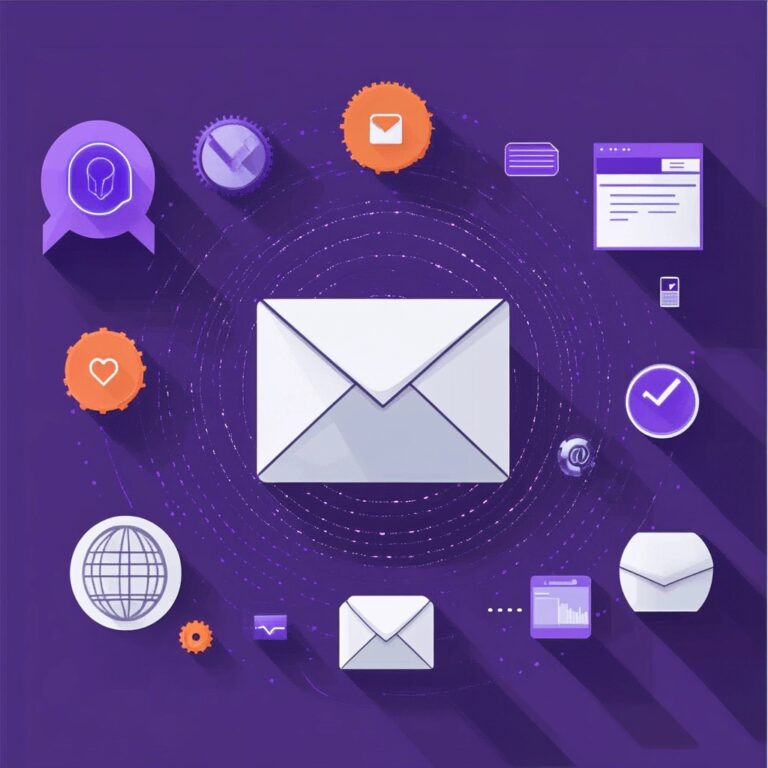What is DoubleClick Search?

You know the expression “Think smarter, not harder”? That’s what DoubleClick Search does for your marketing game.
DoubleClick Search is a management platform to help marketers efficiently manage large search campaigns across multiple engines or channels. It allows you to consolidate your workflow and report on your campaign data while simultaneously improving the effectiveness of your marketing campaigns. Win-win-win.
A workflow without DoubleClick Search (DS) would entail monitoring your ads and keywords on each search engine individually (In fact, DS claims their suite cuts management of campaign time by thirteen percent.). Compiling your performance across every channel for analytical purposes would be painstakingly time-consuming. Not to mention, you wouldn’t have automated bidding power.
So what is DoubleClick? Let’s break down what DoubleClick Search brings to the marketing table.
What is Included in the DoubleClick Suite?
DoubleClick Campaign Manager (DCM)
Formerly called DoubleClick for Advertisers, this third-party ad server allows you to manage your display campaigns across every medium. This is big. You spend less time changing between interfaces and instead seamlessly add, pause, or activate features in the same place you add negative keywords and create landing page tests.
DoubleClick Bid Manager (DBM)
This is Google’s demand-side platform. This programmatic buying platform gives you access to a plethora of display, video, and mobile ad inventory in real time. Take advantage of Google’s proprietary audience segments and machine learning. Shared placements eradicate delays. Consistent customer conversions and real-time data that’s refreshed from minute to minute.
DoubleClick Creative Solutions
Creative Solutions includes cross-screen capabilities, dynamic customer support, and a complete video toolkit to make this ensemble a creative person’s dream. Subcomponents include DoubleClick Studio & Google Web Designer, allowing ease of creation and transfer of creative assets.
A gallery of rich formats and features is at your fingertips, but with the freedom to also allow you to create your own if you’d like to opt for that route instead (you go-getter!). Publish it directly through your DCM for rich insights.
In a nutshell, Creative Solutions takes the technology out of the way, allowing you to focus on the creative “Eureka!” moments instead.
DoubleClick Search
According to Google, DoubleClick Search “gives you a complete view of your digital marketing across channels, so you can respond to an ever-changing market in real time and at scale.” To boot, the marketing platform looks and feels just like Google AdWords, so the learning curve isn’t overwhelming.
DoubleClick Search Features:
Unified Insights and Reporting
Capture cross-channel opportunities as you seamlessly bring your data together.
DS gives you the ability to capture cross-channel insights using Floodlight tags. Floodlight tags are image tags placed on conversion pages on advertisement sites and used to track and report conversions. When an internet user interacts with the conversion page, the tag reports data about their conversion to DS and DCM. The information is kept in a Floodlight activity, ready for reporting on. Seamless.
In fact, according to DoubleClick, their marketing platform reduces reporting time by 26 percent.
Performance Bidding Suite
Real-time data in the bidding suite allows you to make really smart decisions as you bid on your ad campaign. Forecasting opportunities and cross-device estimates give you the knowledge to be powerful with your campaigns. The performance bidding suite looks at location, marketing list, mobile and day-of-week performance allowing for maximum effectiveness. It allows for portfolio-level bidding and, because it’s automated, it’s on all the time. There’s no clocking out at 5 o’clock. It’s the superhero coworker—looking at every keyword—all the time.
Sensitive monitors alert you of problems in real-time. Bid adjustments are made according to automation, but with the human touch that only you can provide.
Mobile Measurement and Optimization
Cross-device measurement capabilities allow you to track conversions across mobile, desktop, etc. In other words, monitor conversions that begin on one device and convert on another.
Additionally, you’re able to optimize using an elaborate, delicate set of audience cues and mobile-specific capabilities.
DoubleClick Search Commerce Suite
Because a customer may research your product on their phone during their lunch break and then go home to a personal laptop before purchasing, you need tools at your disposal to gain insight into the effectiveness of your advertising.
DoubleClick Search Commerce Suite does that. Curate, enhance, and report on your campaigns with adaptive shopping campaigns that connect to your Google Merchant Center account.
The suite also provides support for AdWords Shopping campaigns, making your bidding process and reporting efforts more efficient. Utilize adaptive shopping campaigns that sort products with similar conversion rates to achieve the best, up-to-the-minute bid results. Never miss out on a hot topic or seasonal style.
Finally, show remarketing from search ads to never let the customer who is channel-jumping get away.
Audience Insights and Activation
Now, you can customize display ads to your audience using previously set up Remarketing Lists for Search Ads (RLSA) in AdWords. You can utilize DS to target search ads, prevent certain ad products from displaying, or adjust keyword bids based on inclusion in an AdWords remarketing list.
Secondly, audience targeting allows you to get to what matters to your audience and put something beautiful, informative, and unique in front of them. Know how they’ve engaged with you in the past, their current location, time of day, and interests. Use these to put meaningful content in front of them—and pivot based on A/B testing.
Finally, adjust your bids using custom Floodlight variables based on user segments, like location or gender.
Drilling down into your audience insights means you’re beginning with the end in mind. By asking “Who am I talking to?” before you get started ensures you’re never designing irrelevant customer advertising.
Using DoubleClick Search vs. Managing Campaigns Directly in Adwords/Engines
I can hear you. “Can’t I simply do this stuff directly through AdWords and in each of my individual search engines?” you say.
Perhaps. Here’s how the pros and cons break down:
Cost
DS is charged as a percentage of rich media spend (usually one percent), as linked to your Search Engines. If you are a client or user of any of the other platforms in DoubleClick’s suite (DBM, Studio, DoubleClick Search etc) then you might escape any onboarding fees.
AdWords, on the other hand, is free.
Optimizations
While AdWords may be free, you get what you pay for in this category. It’s undeniable that DoubleClick offers more complex bid strategies and automated rules. These rules and optimizations can be applied across all your engines and channels seamlessly.
AdWord bid rules are limited in comparison.
Related Post: AdWords Agency Checklist
Reporting
DoubleClick can generate reports across all search engines (Google/Bing/Yahoo). In contrast, AdWords engine reporting will have to be pulled from multiple sources and married together. This is not only more time consuming, but open to human error.
Tracking
As we discussed earlier, DoubleClick requires Floodlight tags. Remember, they allow you to capture and report on actions of users who visit your site after viewing or clicking on your ad. They’ll track and report your conversions.
Similarly, AdWords uses the AdWords pixel. This allows insight into the effectiveness of your ad clicks in leading to conversions (whether that’s a purchase, a phone call, or an email sign up).
Alternatively, you can link your AdWords account to Google Analytics for the same end result.
Note that when comparing metrics between these three options, the numbers may vary. Differences in supported ad types are partially to blame. Additionally, though, there are common measurement differences, such as day of attribution, time zone, and lookback window (period of time after a customer clicks an ad during which a conversion is recorded).
So who wins? We’ll leave that up to your priorities.
What’s New
Just this month, DoubleClick Search announced two helpful updates:
First, Universal App Campaigns (through AdWords) can now be pulled into DoubleClick Search for reporting purposes.
Secondly, AdWords parallel tracking helps load landing page more quickly, reducing your bounce rate.
Conclusion
In summation, DS allows you to manage your marketing campaigns across many formats, geographies and devices saving you time, reducing overall complexity, and giving you the tools to make better decisions and more effective search marketing.
DoubleClick used properly can completely change your company’s digital marketing game and if you’re unsure how to go about it you can always enlist the help of a digital marketing agency. What are you waiting for?
What are you waiting for?
Our Editorial Standards
Reviewed for Accuracy
Every piece is fact-checked for precision.
Up-to-Date Research
We reflect the latest trends and insights.
Credible References
Backed by trusted industry sources.
Actionable & Insight-Driven
Strategic takeaways for real results.






